Over the last five years, Facebook has become an increasingly pay-to-play space - reach has dramatically declined as algorithms have changed. That said, there is one segment of Facebook that continues to thrive - Facebook Groups.
Facebook Founder Mark Zuckerberg has come out talking about their popularity and even focused on groups in this year’s Super Bowl commercial.
What are Facebook Groups?
Groups are for the people, by the people, and still have the reach that brand pages did back when pages first launched. Groups are usually created by a person or multiple people who serve as “admins” that share a common interest - everything from local neighborhood pages to hobbies (rock climbing, knitting, fishing, you name it). Group admins can determine if the group will be public, private or invite-only. Admins can also set the ground rules for discussion asking members to adhere to certain standards like “be kind” or “only post about your business once a week.”
How can your brand tap into Groups?
Since we are firm believers that Facebook Groups can hold more value than brand pages at times, here are three ways you can take part in Groups:
Participate as a brand page. Facebook recently allowed pages to post in groups. Group admins are able to set their own rules and some of the more close-knit groups won’t approve pages, but we’ve found a majority will. If your page is allowed entree into a group be sure to treat it with respect. Don’t over post branded content, share selectively, and allow ample time in between posts. Engage with others’ posts and add value to the group beyond your business.
Participate as a person on behalf of your brand. By putting a personal face on your brand or company, your engagement in the group may be perceived as more authentic. You’ll often see this in the case of breweries where brewers or brewery owners contribute regularly to the group - highlighting new releases and events but also engaging with others.
Create your own group. If your brand has a cult following or can easily integrate into a larger/broader topic, you may be able to host your own group giving you more control of the conversation then if you were just a participant of someone else’s group. The New York Times hosts a cooking group where it can push its recipe but also allow for a larger discussion around food from restaurants in Hong Kong to brands of flour. We could see a brand like Patagonia creating a group around the outdoors.
How has your company used Facebook Groups? Tell us in the comments below or follow us on social to continue the conversation.


